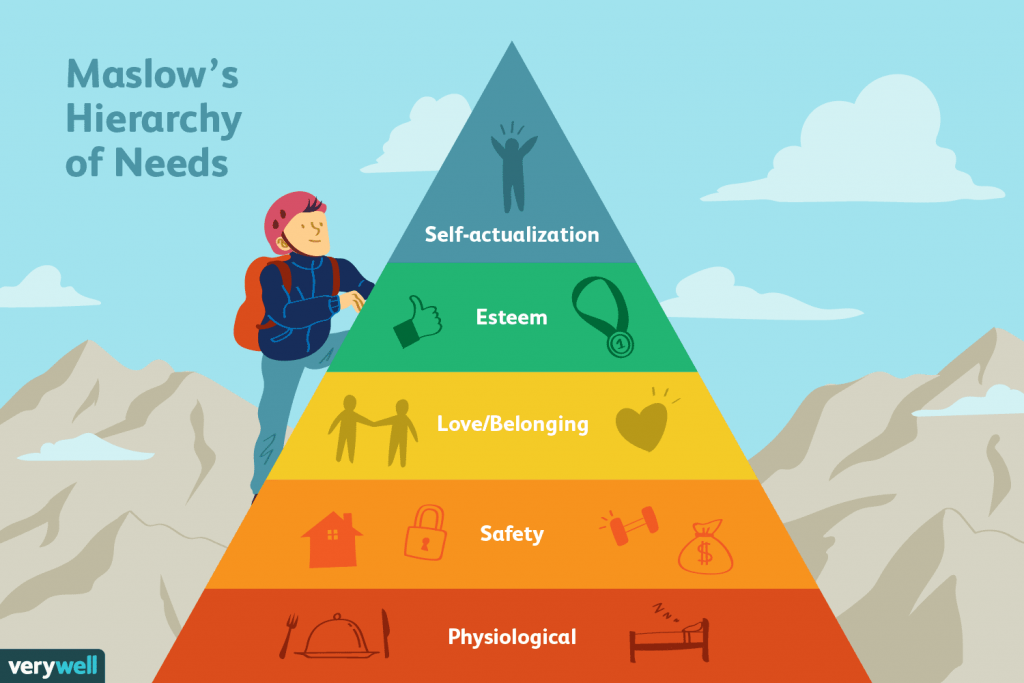In an earlier blog first published by MHR, I mentioned that the top companies to work for always have in common that they are profitable. In fact, many studies such as ‘Engaging for Success: enhancing performance through employee engagement’, a report to Government by David MacLeod and Nita Clarke, draw clear connections between happy employees and company success. Getting started with self-management is just what you need to achieve that.
Where to start
So, how do you get there? Maybe you can start by answering a few questions about your company and team:
- Are your people happy? Do they work at their best?
- Have you asked them what works well, what does not and what needs to be done?
- Are you measuring input or output? I.e. hours spent at their desk or actual results?
- Do you have too many rules in place that prevent people from working at their best?
- Do most of these rules exist because of a one-off incident?

We need a shift in mindset
It’s easy to believe that people are out there to get you, ruin your company and team, or are just there for the money. But in all honesty, it’s only a very small percentage, around 5%, of people that want to sabotage the business they work for. The other 95% want to do a good job. Most of us want to do well in all aspects of our lives.
So, what we need first is a shift in mindset. Believe in your people! There are so many success stories from Starbucks to Nandos and Google where employees often say when asked what makes it so good working there is that they are trusted to do things their way. This gives them the freedom to be innovative and creative, fail and learn from their mistakes to do an even better job next time.
Control your people?
Why is it then, that so many companies still want to control people and keep all these rules that potentially protect them from 5% of their workforce but stop the other 95% from working at their best? You tell me. But I am happy to help you get to a place where the frameworks in your company help the 95% and your people are happy and your revenue healthy.
Once your mind is set on the right goal, to provide your people with the trust and freedom they need to do their best work, you need to make sure you cover their basic needs first:
- Do they get paid a fair wage?
- Are they safe and comfortable in their work environment?
- Do you communicate clearly what your company’s vision is as well as what you expect from them on a regular basis?

Self-management and Maslow’s Hierarchy of Needs
These might seem simple, but that’s exactly what they are: the basic needs on the bottom of Maslow’s Hierarchy of Needs. They need to be met before you can climb up that hierarchy pyramid. This could be a great exercise for current times. Make sure your people are paid fairly, they are safe and comfortable in their environments, be it at home, on the shop floor or manufacturing plants. And use this time to clearly communicate with them your goal and their part in it. It will help you and your people to grow closer and work together to come out of this crisis more motivated and financially stable.
Get out of the way
You can use current uncertainties to get started with self-management and make your people feel like their opinion matters and that you value what they do for your team and company. And once you have done that, get out of the way.
Don’t want to? Ask yourself this: do you do your best work when you are trusted and able to find your own way to an objective? Then give your people the same level of trust to enable them to work at their best. Give them a framework to work within, but let them make the decisions.
For example, let’s start small with this: instead of imposing the rule that everyone needs to be logged onto their computers from 9-5, ask everyone that they spend adequate time at their tasks in order to achieve their goals.
Or just tell them to work when it’s most convenient for them. Because honestly, are you at your most productive for 8 hours straight each day? Let people work early in the morning or late at night if it suits them. As long as they get the work done, it simply does not matter how. If this is not possible because your people work in shifts to cover shop or factory hours, give them the freedom to work together as a team to come up with a rota that suits them.
Get started with self-management
Then see where this takes you and decide on the next small change you might want to make. May I suggest you encourage your teams to come up with ideas to improve their work and then implement them without your approval? Scary, but you will be surprised at the level of engagement they will show. If you need some more inspiration to get started with self-management, check out Buurtzorg Nederland, FAVI and John Lewis.
